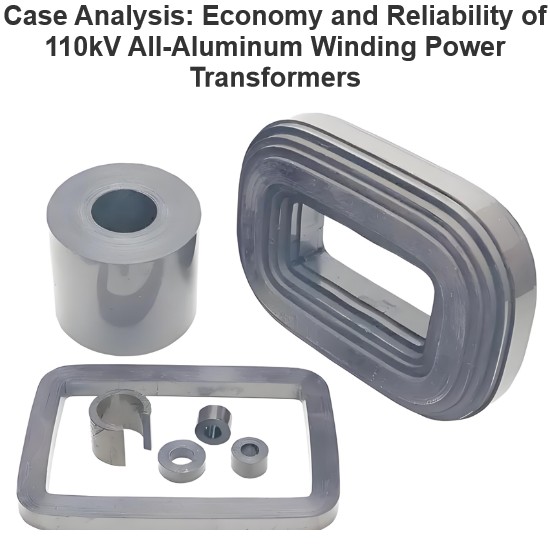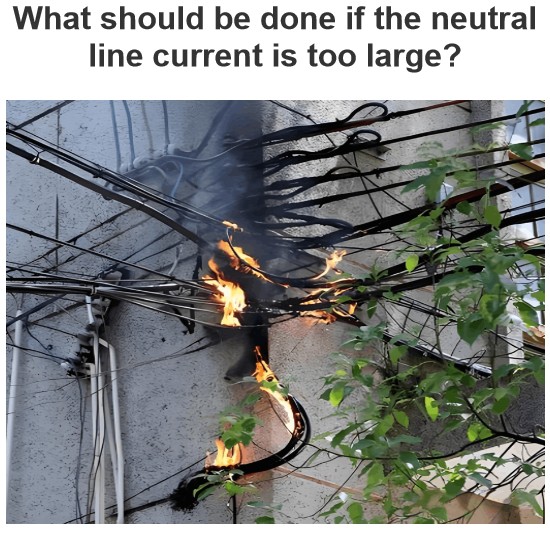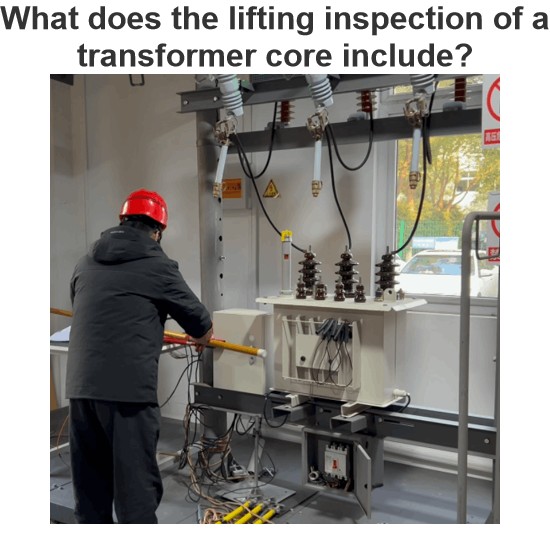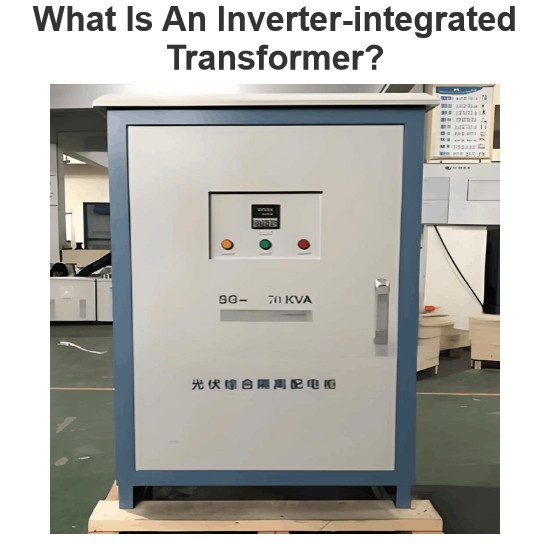JSZW12A-12R Indoor Three-phase Epoxy Resin voltage transformer
discuss personally
Model
| Brand | Wone Store |
| Model NO. | JSZW12A-12R Indoor Three-phase Epoxy Resin voltage transformer |
| Rated frequency | 50/60Hz |
| Primary voltage | 10/√3kV |
| Secondary voltage | 110/√3V |
| Series | JSZW |
Product Overview
12kV Indoor Three-Phase Epoxy Resin Type
Epoxy resin casting and full enclosed construction, is used indoor for measuring voltage, electric energy and protective relaying in single-phase or three-phase AC circuit with the frequency 50Hz or 60Hz and highest voltage for equipment 12kV.The product has the feature of high reliability, low magnetism of core, large creepage distance of external insulation and maintenance free etc.The primary cone accords with IEEE 386-2007 figure 7.
Key Features
Echnical Data
Specification

Note:






